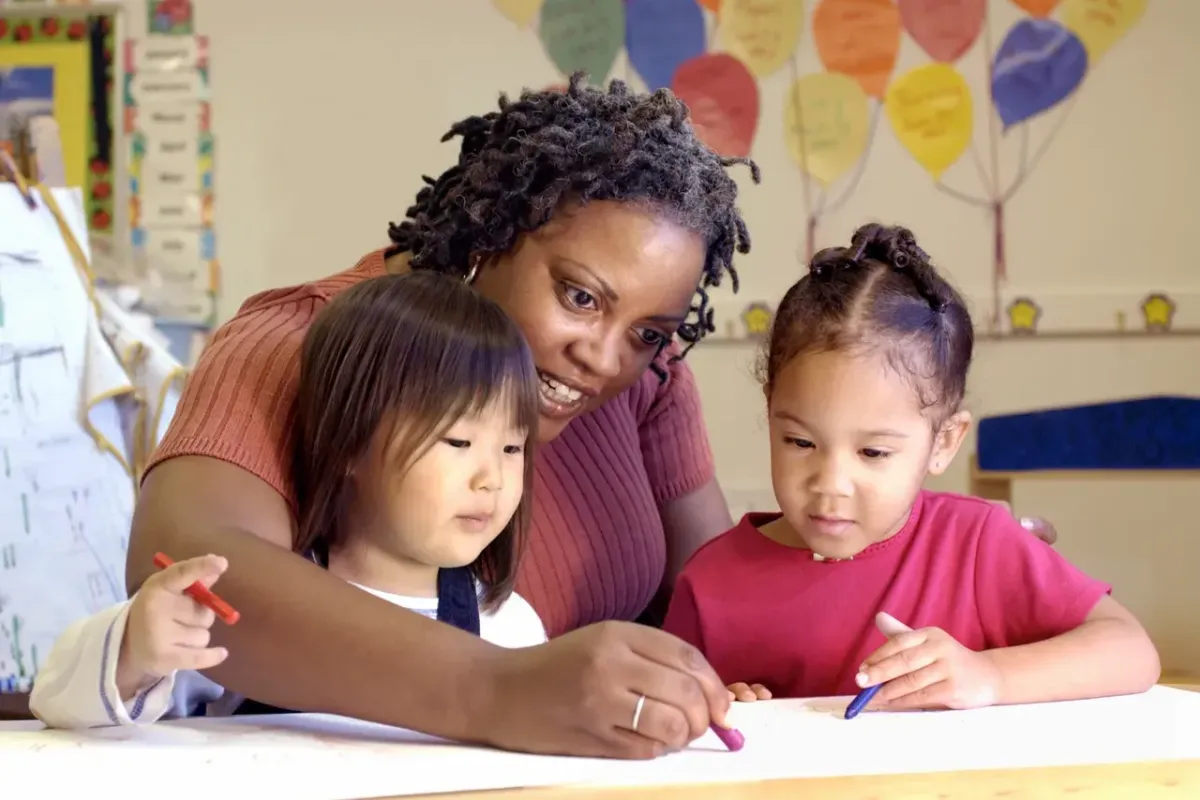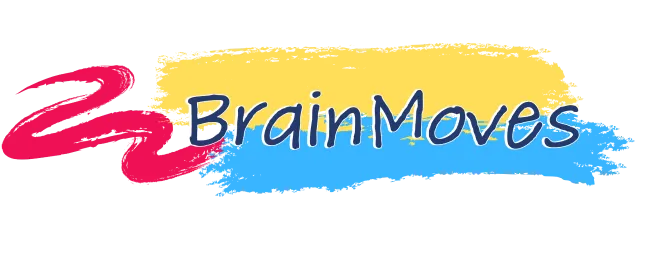
Positive Statements for Difficult or Transitional Moments
Positive Statements for Difficult or Transitional Moments
Navigating the challenges of teaching and/or parenting can often feel overwhelming, especially during difficult or transitional moments with your preschooler. It’s essential to provide support and encouragement while helping children develop resilience and a sense of control. Positive statements are a powerful tool that can shape these interactions, creating a nurturing environment that fosters growth and understanding. Here are eight examples you can use to reframe emotional or transitional moments, allowing both you and your child to move forward more smoothly.
1. "Yeah, that tool/hair brush/spoon feels weird? Can you try it yourself?"
When to use:When a child is grumbling about a chore that feels clumsy or is resisting hair brushing and personal grooming tasks like taking a bath.
Why it works: This question empowers the child by giving them responsibility over part of the task, allowing them to control the timing and intensity.
2. "Yes, that can feel funny, but you handled it."
When to use: When a child attempts something for the first time and feels embarrassed because it's not perfect right away.
Why it works: This encouragement helps the child understand that learning and change can be momentarily uncomfortable, building resilience along the way.
3. "I know it doesn't feel fair, but you are doing a good job."
When to use: In situations where the child feels annoyed by delays, such as waiting in line or when changes in plans disrupt their expectations.
Why it works: This statement refocuses the child on their current task, promoting personal responsibility even when circumstances are less than ideal.
4. "Good work!"
When to use it: When a child accomplishes a complicated or multi-step task, chore, or creative process, like stringing beads or completing a puzzle.
Why it works: Acknowledging their efforts reinforces the importance of their work, validating their concentration and creativity.
5. "That was exciting; let’s go do something else and have a quiet moment.
When to use it: After the child has finished a stimulating activity and needs help transitioning from it to avoid overstimulation.
Why it works: This statement helps the child regulate their nervous system. Couple this with one or more BrainMoves movements that help calm the nervous system and relax the child.
6. "Wow! That was amazing. I didn't know you could do that!"
When to use it: When a child excitedly shows you something they created without providing context. If the child isn't over stimulated (See point number 8) ask the child to “Please tell me about this.”
Why it works: Acknowledging their creativity affirms their developing skills and encourages self-expression, expressing respect for their abilities.
7. "Hey Joey, what are you working on?"
When to use it: As a more positive version of asking, "What are you doing?" when a child is being too quiet.
Why it works: This question gives the child a peer-level opportunity to explain their actions without judgment, reinforcing connection and communication.
8. "Thank you. I think that is all I need right now."
When to use it: sometimes affirmations can lead to the child seeking more attention to keep the positive comments coming. This is very common in classrooms where the child may have less attention paid to them at home and is getting a "rush" from being seen and acknowledged in the classroom. This can be distracting to the rest of the class. Setting clear boundaries helps regulate behavior, ensuring that the child understands when enough is enough and prompting them to feel secure.
Why it works: if you do not want to be given the 100th cheerio or all the black stones in the entire playground because the child was delighted you liked the first one you can help them regulate their behavior by creating a boundary.
Incorporating these statements into your interactions with your preschooler can transform challenging moments into opportunities for growth and connection. By using these supportive phrases, you not only foster resilience in your child but also create a safe space for open communication. Remember, the goal is to guide your child through their experiences, allowing them to develop confidence and emotional intelligence as they navigate life.

